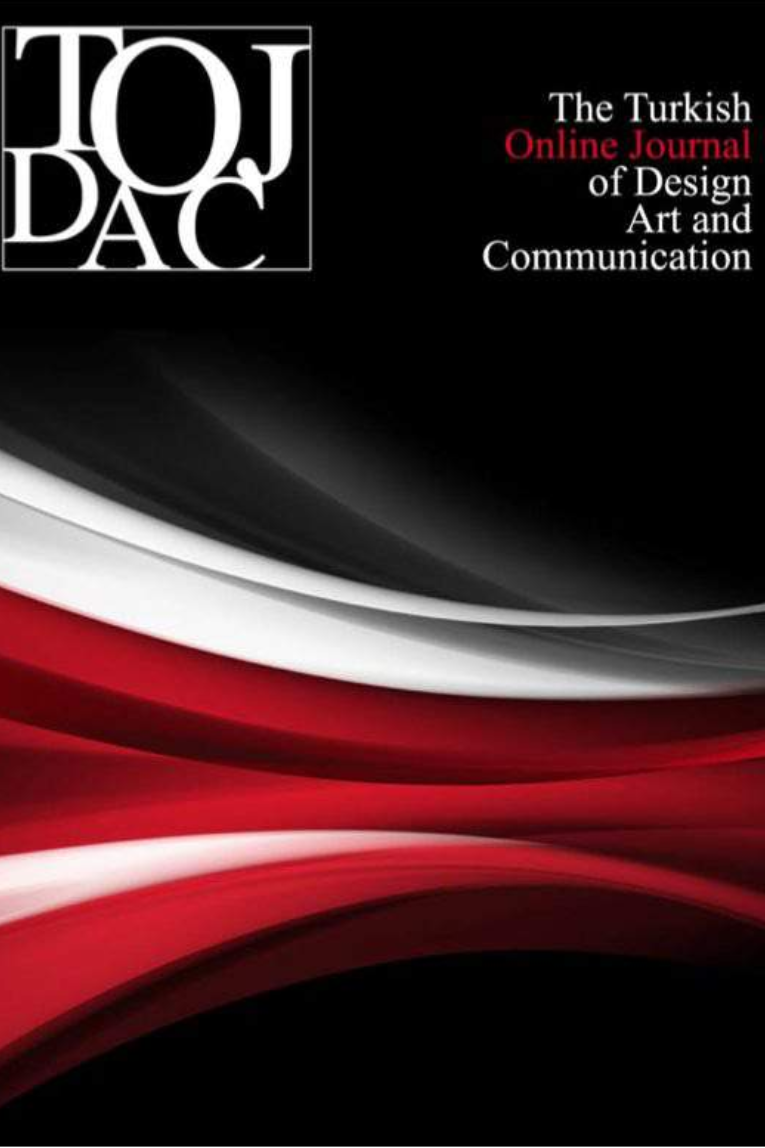GÖRSEL KİMLİK AÇISINDAN İÇ MEKÂN DEĞERLENDİRMESİ VE TÜKETİCİYE YANSIMASI H&M MAĞAZA ÖRNEĞİ
Günümüzde mağazacılık konusunda giderek artan rekabet durumu, kurum ve markaların mağaza içi atmosferine daha fazla yönelmesine sebebiyet vermektedir. Bu nedenle çalışmanın ana problemini, mağaza içi atmosferinde etkili olan iç mimari pratikleri ve bunların tüketici tarafından nasıl algılandığı oluşturmaktadır. Bu çalışmanın iki ana amacı bulunmaktadır; ilki, örneklem olarak seçilen H&M mağazalarının, iç mekan analizlerinin yapılarak tablolaştırılması ve elde edilen verilerin değerlendirilerek markanın kimliği ile bütünlüğüne bakılması, ikincisi ise, kurum kimliği, görsel kimlik ve marka başlıkları altında örneklem olarak seçilen markanın tüketicisine mağaza içi atmosferi konusu ile ilgili düşüncelerini sorarak bu mağazalar içinde uygulanan iç mimari pratikler ile dış hedef kitle olan tüketicinin mağazada kaldığı süre ve satın alma arasındaki ilişkiyi ölçmektir. Bu doğrultuda, örneklem seçilen mağazalar üzerinde görsel çözümleme yapıldıktan sonra görsel kimlik çerçevesinde elde edilen verilere iç mekan çözümlemesi yapılıp daha sonra kartopu örneklem yöntemiyle bireylere online anket gönderilerek 484 kişiye ulaşılmıştır. Çalışmanın sonuçlarına bakıldığında, mağaza içi atmosferinin tüketicinin mağaza içerisinde kaldığı sürenin artmasında ve satın alma gerçekleştirmesinde olumlu etkileri olduğu ortaya çıkmıştır.
Anahtar Kelimeler:
Görsel Kimlik, Marka, Mağaza İçi Atmosferi, İç Mekan Değerlendirmesi, Tüketici Algısı
EVALUATION OF THE INTERIOR FROM VISUAL IDENTITY AND REFLECTION TO THE CONSUMER H&M STORE CASE
Nowadays, increasing of the competition in the field of merchandising causes institutions and brands to focus so much more on the in-store atmosphere. Therefore, the main problem of the study is the interior architecture practices that are effective in the in-store atmosphere and how these are perceived by the consumer. This study has two main objectives; the first of these is the tabulation of H&M stores selected as a sample by making interior analysis and evaluating the data obtained to look at the identity and integrity of the brand and the second is by asking the consumer of the brand selected as a sample under the corporate identity, visual identity and brand titles for their opinions on the issue of in-store atmosphere. to measure the relationship between the interior architecture practices applied in these stores and the time the consumer, who is the external target audience, stays in the store and purchases. Accordingly, after the visual analysis was done on the stores selected as the sample, the data obtained within the framework of visual identity was analyzed and then an online questionnaire was sent to the individuals with the snowball sampling method and 484 people were reached. Considering the results of the study, it has been revealed that the in-store atmosphere has positive effects on increasing the time that the consumer stays in the store and making purchases.
___
- Arslan, K. (2016). Görsel Mağazacılık. Ankara: Detay Yayıncılık.
- Arslan M., Bayçu S. (2006). Mağaza Atmosferi, (Edt. Mine Oyman). Eskişehir: Açık Öğretim Fakültesi Yayınları.
- Aydın, S. D. (2012). Developing A Model To Compare The Performance Attributes of Apparel Retailers Using Scor Model and Ahp: A Case Study. (Master Thesis). İstanbul: Graduate School Of Science Engineering and Technology Department of Textile Engineering Textile Engineering Programme Department of Textile Engineering. Technical University.
- Balmer, J.M.T., (1998). Corporate Identity and The Advent of Corporate Marketing, Journal of Marketing Management.14(8): 963-996. New York. 20 Ocak 2018’de https://www.tandfonline.com/doi/pdf/10.1362/026725798784867536?needAccess=true adresinden indirildi.
- Behaegel, J. (1985). Kurum ve Ürün Kimliği. İstanbul: Kurum ve Ürün Kimliği Seminer Notları.
- Birkight, Klaus., Standler, Marinus & Funck, Hans Joachim. (1993). Corporate Identity: Grundalgen, Funktionen, Fallbeispiele. Landsberg/Lech: Verlag Moderne Industrie.
- Güngör, H. (2013). Tüketici Deneyimi Yönetimi, Arasta, 56, 62.
- Karakaşoğlu, M. ve Arslan, F. M. (2016). Mağaza Hizmet Ortamının Marka İmajına ve Satın Alma Niyetine Etkisi: P&B ve H&M Örneği. Marmara Üniversitesi Öneri Dergisi. 12(46):223-243. İstanbul. 20.06.2020’de indirildi. https://dergipark.org.tr/tr/download/article-file/218414 adresinden indirildi.
- Kılıç, S. (2016). Cronbach’ın Alfa Güvenirlik Katsayısı. Journal of Mood Disorders (JMOOD). Volume 6. Number 1. pp: 47- 48.
- Lewinson, D. M. (1997). Retailing. USA: Prentice Hall.
- Markwick, N. ve Fiil, C. (1997). "Towards A Framework for Managing Corporate Identity" European Journal of Marketing. 31 (5-6): 396-403. Bingley, U.K.
- Mohema, D. G. (2017). “H&M Recruitment and Selection Process of H&M Bangladesh, Internship Report”. 10 Kasım 2016’da http://dspace.bracu.ac.bd/xmlui/bitstream/handle/10361/8857/13304135-BBA.pdf?sequence=1&isAllowed=y adresinden indirildi.
- Olins, W. (1990). The Wolff Olins Guide to Corporate Identity. London: The Design Council.
- Temel, H. ve Aydıntan E. (2012). “Yapay Aydınlatma–Vitrin İşlevi İlişkisi”, Yapı 370 Mimarlık Tasarım Kültür Sanat.
- H&M Group Market Overview. (https://hmgroup.com/about-us/markets-and-expansion/market-overview.html) (ErişimTarihi: 07.05.2019)
- Başlangıç: 2011
- Yayıncı: Deniz YENGİN
